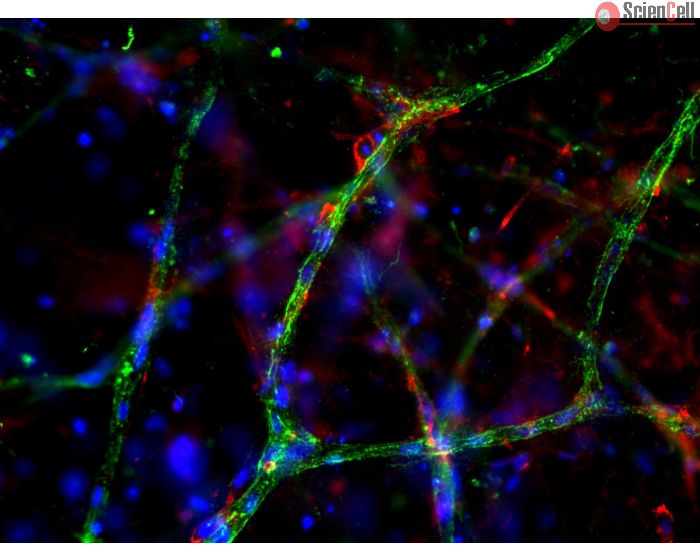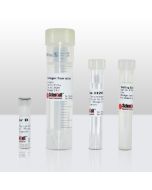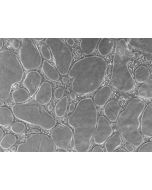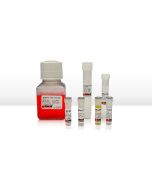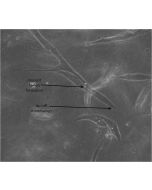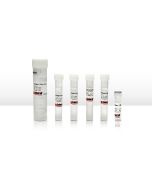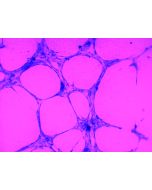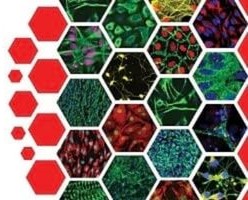3D Endothelial-Pericyte Coculturing Kit
Catalog No.
8728
ScienCell™’s 3D Endothelial-Pericyte Coculturing Kit (3D-EPC) is a more advanced and robust version of kit #8708 (includes collagen scaffolding components, endothelial cells, pericytes, culturing media, and assay medium)
$1,096.00
In Stock
Related Products
Check items to add to the cart or
